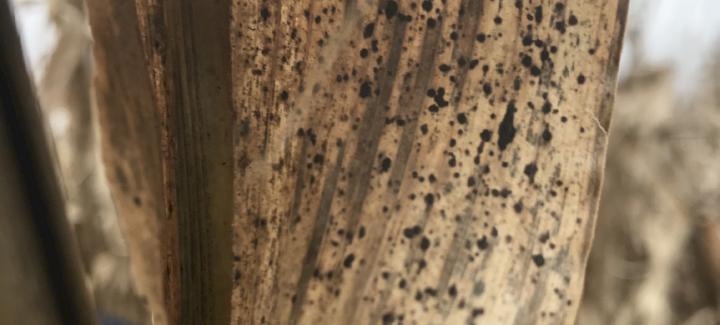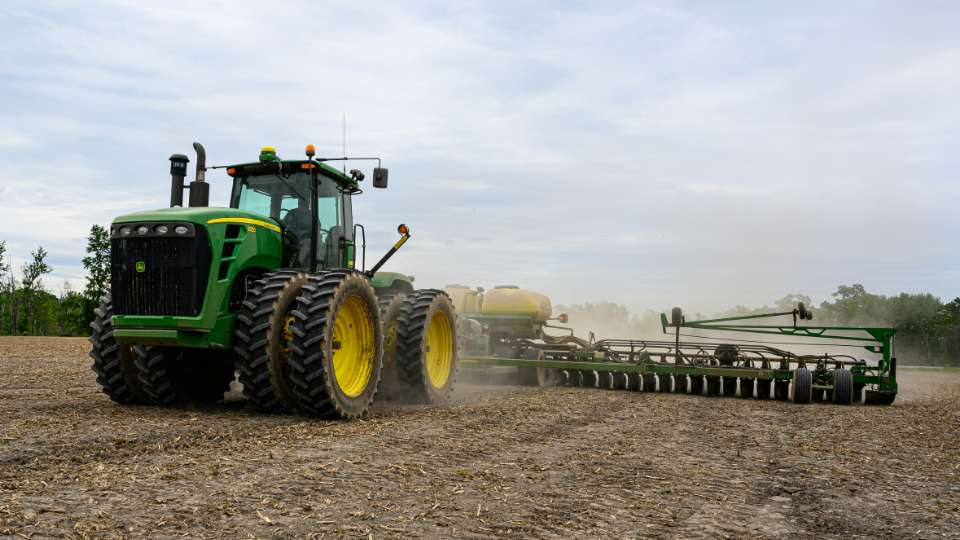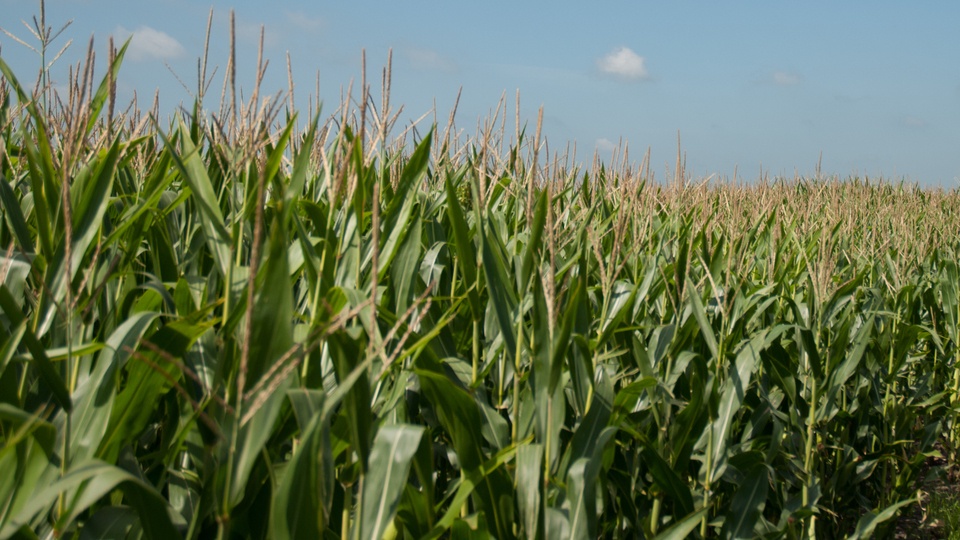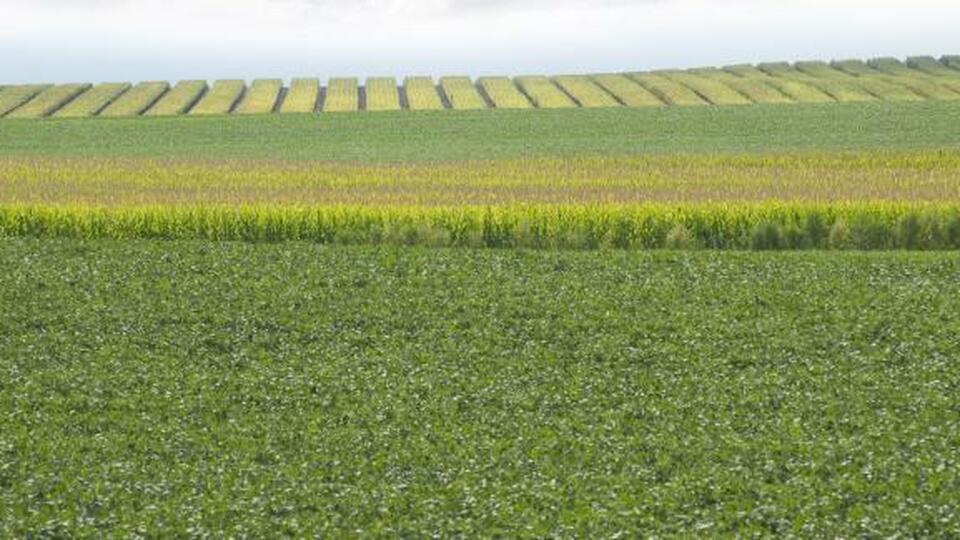
Reports of tar spot are coming in throughout the Midwest. This fungal disease affects corn and can cause significant yield damage, especially late in the season during grain fill and when stalk rot and lodging can occur. Unfortunately, there’s not much growers can do after it’s detected in-season, but there are some options to help mitigate the disease for the following year.
“We started receiving reports of tar spot throughout Iowa and our eastern territories a few weeks back,” says Tony Lenz, Stine corn technical agronomist. “It’s a big concern for growers as it can be detrimental to yield, producing issues such as leaf deterioration, poor grain fill, compromised stalks and even plant death. Growers need to plan for next year if it’s in their fields this year.”
What we know
Tar spot thrives in long periods of leaf wetness and is typically observed later in the season during grain fill or around R3 through R6. It can be detected by scouting for small raised black spots on the leaves and husks of plants. These spots sometimes appear as fisheye-like lesions. While it can be confused with common rust or southern rust, one indicator that it’s likely tar spot is that the spores are encapsulated inside the pustules, which connects them to the leaf, and the pustules cannot be scraped away from the leaf.
“If you detect tar spot in your fields, we recommend performing the push/pinch test,” says Lenz. “This is just as it sounds — for the push test, you simply push over the stalk at a 45-degree angle. If the stalk doesn’t return to its upright position, that’s a good indicator that your stalks are compromised. With the pinch test, use your thumb and forefinger to pinch down on the stalk roughly 1 foot off the ground then rub your fingers up and down the stalk. If both sides easily squeeze together, you likely have stalk rot.”
What can be done
If tar spot has settled into your field late in grain-fill season, there’s not much that can be done. If the push/pinch test indicated compromised stalks and lodging in your field, it’s best practice to prioritize those fields or affected sections of the fields for harvest to prevent further lodging.
Unfortunately, once you have tar spot, you’re likely to get it again next year as the disease can overwinter in corn residue.
“Tillage to break up the corn residue may help, but growers need to consider a combination of steps to keep tar spot at bay,” says Lenz. “Rotating crops from corn, selecting a hybrid with good tar spot tolerance and applying timely fungicides around the VT to R2 stage can all help tackle the disease in the next growing season.”
For more information on tar spot, contact your local Stine rep or extension field agronomist.
Related Articles
-

Considerations before replanting
May 2024 in Agronomy
-

Building better soybeans with Stine® Elite Yield Trials
May 2024 in Agronomy
-

Stine® Corn Elite Yield Trials
May 2024 in Agronomy
-

The value of Stine’s Elite Yield Trials
April 2024 in Agronomy



